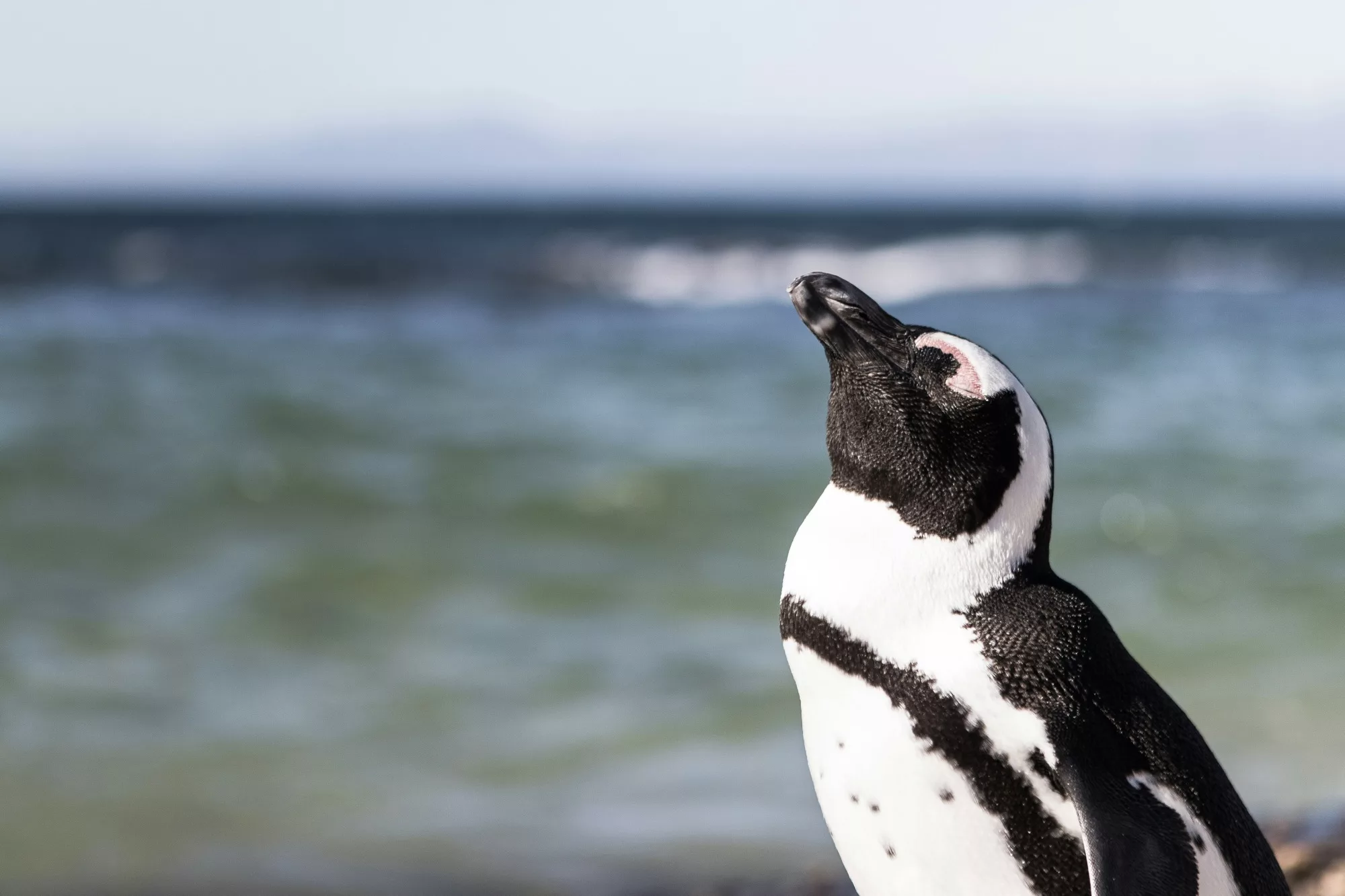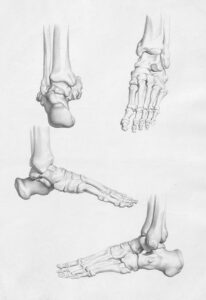Birds are synonymous with flight. The very idea of a bird brings to mind images of graceful creatures soaring through the skies, their feathers shimmering in the sunlight. However, not all birds are designed to take flight. From the towering ostrich to the waddling penguin, many bird species have evolved to thrive without wings that allow them to fly. These flightless birds are a testament to the incredible adaptability of life on Earth and the diverse evolutionary paths it can take.
The evolution of flightlessness is a fascinating journey shaped by natural selection, environmental factors, and unique ecological niches. This article delves into the story of these “flightless wonders,” exploring how they lost the ability to fly, what advantages flightlessness offers, and how these birds have carved out their place in the animal kingdom. From the ancient past to modern-day conservation efforts, the tale of flightless birds is as remarkable as it is inspiring.
What Makes a Bird Flightless?
Flightless birds, scientifically known as ratites (in some cases) and other non-flying avian species, are birds that have evolved to live without the ability to fly. While they share many characteristics with their flying relatives—such as feathers, beaks, and egg-laying abilities—flightless birds exhibit distinct adaptations that allow them to thrive on land or in water. These adaptations often involve changes to their skeletal structure, wing size, and musculature.
The most defining feature of flightless birds is their reduced or nonfunctional wings. Unlike their flying counterparts, whose wings are supported by strong breast muscles and a keeled sternum, flightless birds often lack this pronounced keel, resulting in smaller, weaker wings. Additionally, their bones are often denser, providing the stability needed for terrestrial or aquatic movement.
Flightlessness is not a flaw but a specialized adaptation. It often arises in isolated environments, such as islands, where the absence of predators eliminates the need for flight, or in habitats where other modes of movement, like running or swimming, provide greater advantages.
The Evolutionary Journey to Flightlessness
Flight is one of the most energy-intensive forms of movement, requiring birds to maintain lightweight bodies, powerful muscles, and efficient respiratory systems. For some species, the benefits of flight are outweighed by its costs, particularly when survival strategies evolve in response to specific environmental pressures.
The Role of Isolation
One of the most significant factors driving the evolution of flightlessness is island isolation. Islands often lack natural predators, allowing birds to safely forage on the ground without needing to escape into the air. Over time, these birds lose their ability to fly, as the traits supporting flight become unnecessary and energy-intensive. This is a common pattern observed in species like the dodo, which lived on the predator-free island of Mauritius before humans introduced threats.
Resource Specialization
In some environments, specializing in ground-based foraging or aquatic hunting offers more survival benefits than flight. Penguins, for instance, have evolved to become exceptional swimmers, using their modified wings as flippers to navigate icy waters. In these cases, flightlessness is a trade-off that allows the bird to excel in other areas of survival, such as swimming or running.
Size and Weight
Many flightless birds are significantly larger than their flying relatives, as they are not constrained by the need for a lightweight body to take to the skies. Ostriches, emus, and cassowaries are prime examples of flightless birds that have developed large, muscular bodies suited for running at high speeds. Their size not only aids in terrestrial movement but also provides a defense mechanism against predators.
Examples of Flightless Birds
Flightless birds can be found in diverse habitats across the globe, from the frigid waters of Antarctica to the arid savannas of Africa. Each species has evolved unique adaptations to thrive in its environment. Here are some of the most iconic examples:
1. Ostrich
The ostrich is the largest bird in the world, standing up to nine feet tall and weighing as much as 350 pounds. Native to Africa, ostriches are built for speed, capable of running up to 45 miles per hour. Their powerful legs make them formidable runners and effective defenders, capable of delivering lethal kicks to predators.
Although ostriches cannot fly, their feathers play an essential role in thermoregulation and courtship displays. They have also adapted to survive in harsh environments, going without water for days by extracting moisture from their food.
2. Penguin
Penguins are among the most well-known flightless birds, with 18 species distributed across the Southern Hemisphere. Unlike other flightless birds, penguins are aquatic specialists, using their wings as flippers to “fly” through water. Their dense bones provide the buoyancy needed for deep dives, while a layer of blubber insulates them from cold temperatures.
Penguins are incredibly social birds, forming large colonies during breeding seasons. Species like the emperor penguin endure harsh Antarctic winters to raise their chicks, demonstrating remarkable adaptability to extreme conditions.
3. Kiwi
Native to New Zealand, the kiwi is a small, nocturnal bird with a long beak and a highly developed sense of smell. Kiwis are unique among birds for their nostrils, located at the tip of their beaks, which help them locate insects and worms underground. Their feathers resemble fur, and their small, vestigial wings are hidden beneath their plumage.
Kiwis are a national symbol of New Zealand and are considered endangered due to habitat loss and introduced predators like dogs and stoats. Conservation efforts have been crucial in protecting these flightless wonders.
4. Cassowary
Known for their striking blue skin and helmet-like casques, cassowaries are large, flightless birds native to Australia and New Guinea. These solitary birds are among the most dangerous in the world, with powerful legs equipped with dagger-like claws capable of inflicting serious injuries.
Cassowaries are important ecological players, as they help disperse seeds from the fruits they consume, promoting forest regeneration. Despite their fearsome reputation, cassowaries are shy and avoid human contact whenever possible.
5. Rhea
Rheas are large, flightless birds native to South America. They resemble ostriches but are smaller, standing around five feet tall. Rheas are social animals that live in groups and are known for their impressive speed, which allows them to evade predators like jaguars and pumas.
Male rheas take on the role of incubating eggs and raising chicks, often caring for multiple broods from different females at the same time. This unique reproductive behavior highlights the diverse strategies flightless birds use to ensure the survival of their species.
The Extinction of Flightless Birds
While many flightless birds have adapted to thrive in their environments, others have faced extinction due to human activity. The dodo, moa, and great auk are among the most famous examples of flightless birds lost to history.
Human colonization, habitat destruction, and the introduction of predators like rats and cats have decimated populations of flightless birds, particularly those on islands. These birds often lack the defenses needed to cope with new threats, making them highly vulnerable to extinction.
For example, the dodo, native to Mauritius, was driven to extinction in the late 1600s after sailors hunted it for food and introduced invasive species that destroyed its habitat. The loss of the dodo is a stark reminder of the fragility of isolated ecosystems and the impact of human activity on biodiversity.
Conservation Efforts for Flightless Birds
Today, conservationists are working to protect flightless birds from the threats they face, including habitat destruction, climate change, and invasive species. Programs focused on habitat restoration, predator control, and captive breeding have been instrumental in preserving species like the kiwi and kakapo.
In New Zealand, predator-free sanctuaries have been established to provide safe havens for native flightless birds. These efforts have led to significant population recoveries, demonstrating the importance of proactive conservation measures.
Public awareness and education are also critical in protecting flightless birds. By understanding their ecological roles and the challenges they face, we can foster a greater appreciation for these unique creatures and the need to preserve their habitats.
What Flightless Birds Teach Us About Evolution
Flightless birds are living examples of the dynamic nature of evolution. Their adaptations reveal how species respond to environmental pressures, abandoning traits that are no longer advantageous in favor of those that enhance survival. This process highlights the flexibility of life and its ability to thrive in diverse and often challenging conditions.
The study of flightless birds also sheds light on the interconnectedness of ecosystems. From the seed-dispersing cassowary to the soil-aerating kiwi, these birds play essential roles in maintaining the health and balance of their habitats. Protecting flightless birds is not just about preserving individual species but also about safeguarding the ecosystems they support.
Conclusion
Flightless birds are a remarkable testament to the adaptability and resilience of life on Earth. Through their unique evolutionary journeys, these species have traded the skies for specialized niches on land and in water, carving out a place in the natural world that is uniquely their own. From the penguin’s underwater agility to the ostrich’s speed on the savanna, flightless birds demonstrate the incredible diversity of avian life and the power of evolution to shape it.
As we continue to learn from these “flightless wonders,” it is our responsibility to ensure their survival for future generations. By protecting their habitats, addressing threats, and supporting conservation efforts, we can honor their evolutionary story and the invaluable lessons it holds for understanding our planet and its complex web of life.




